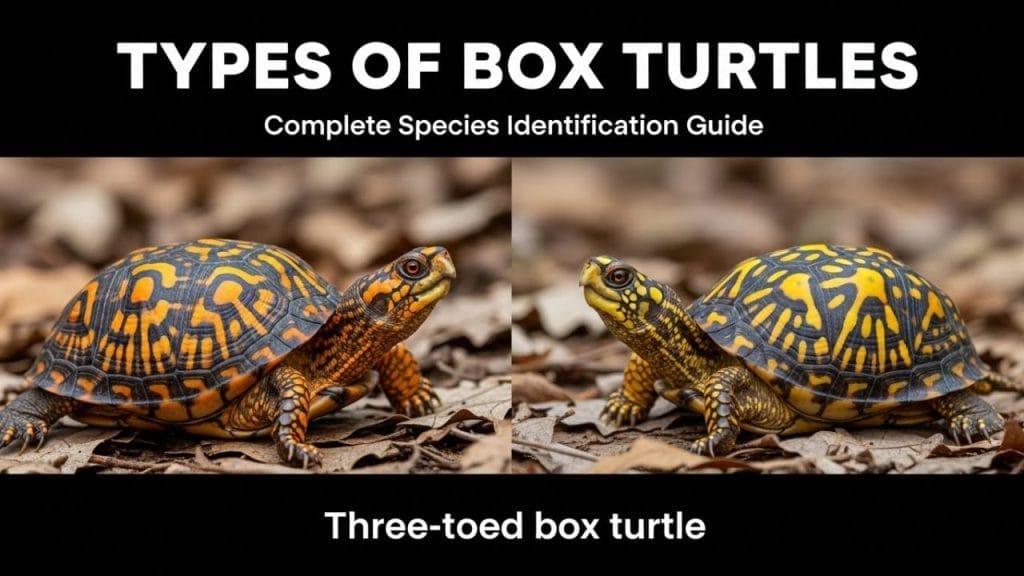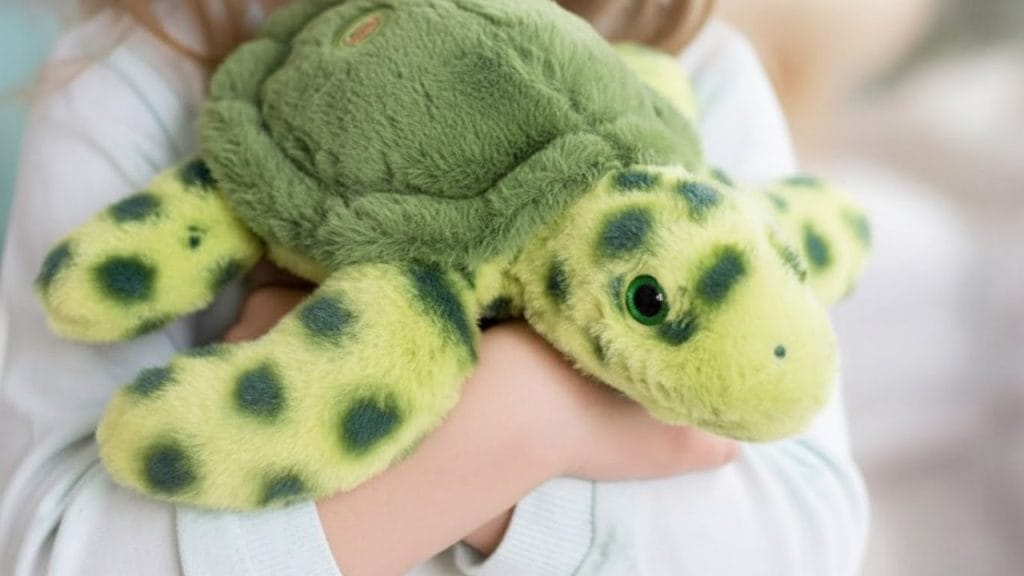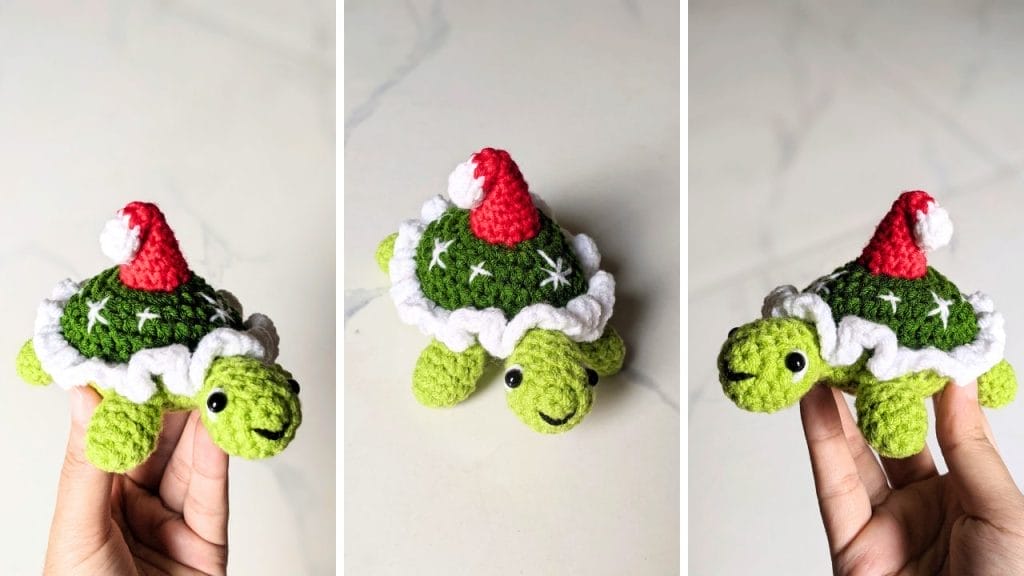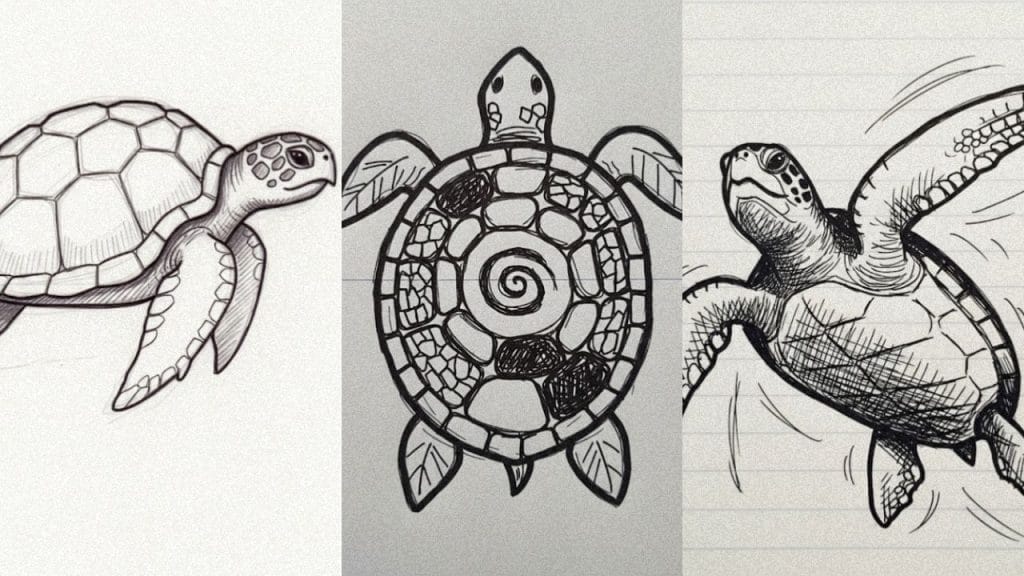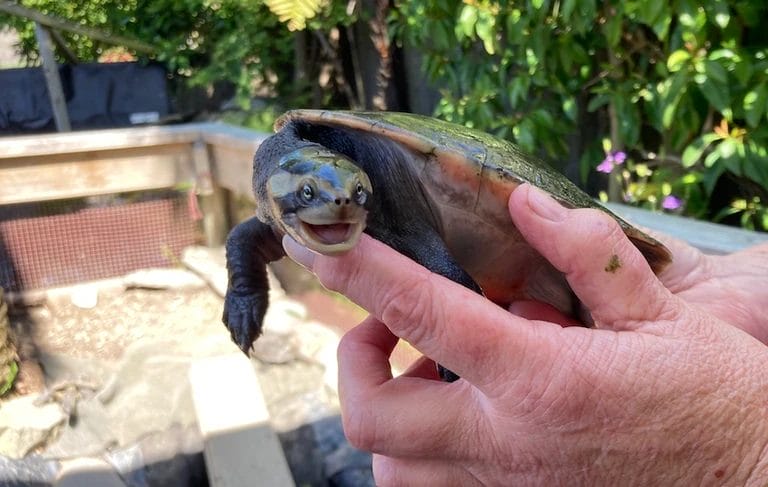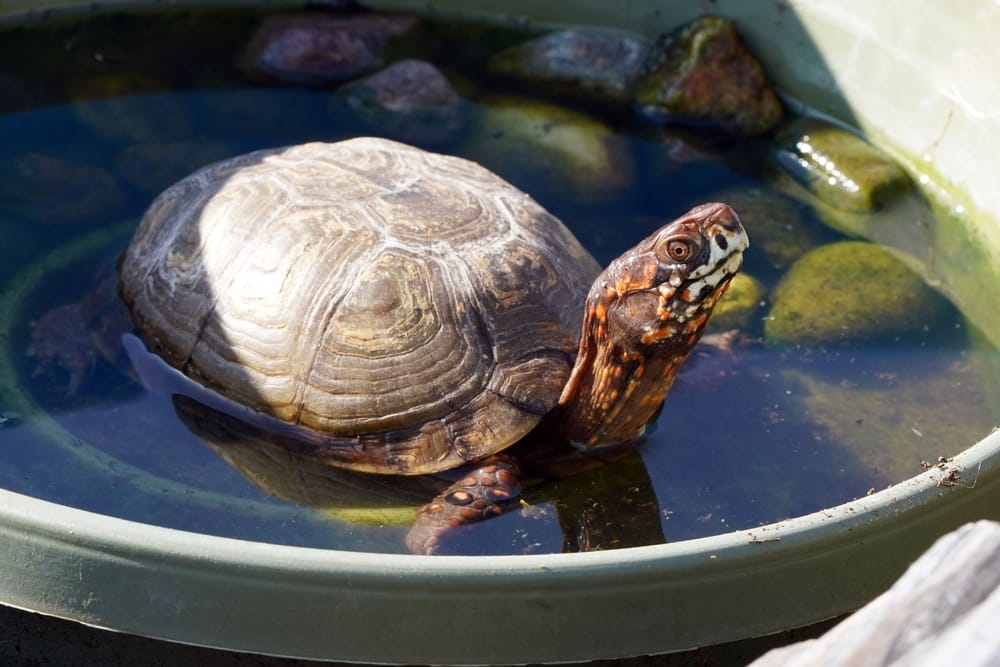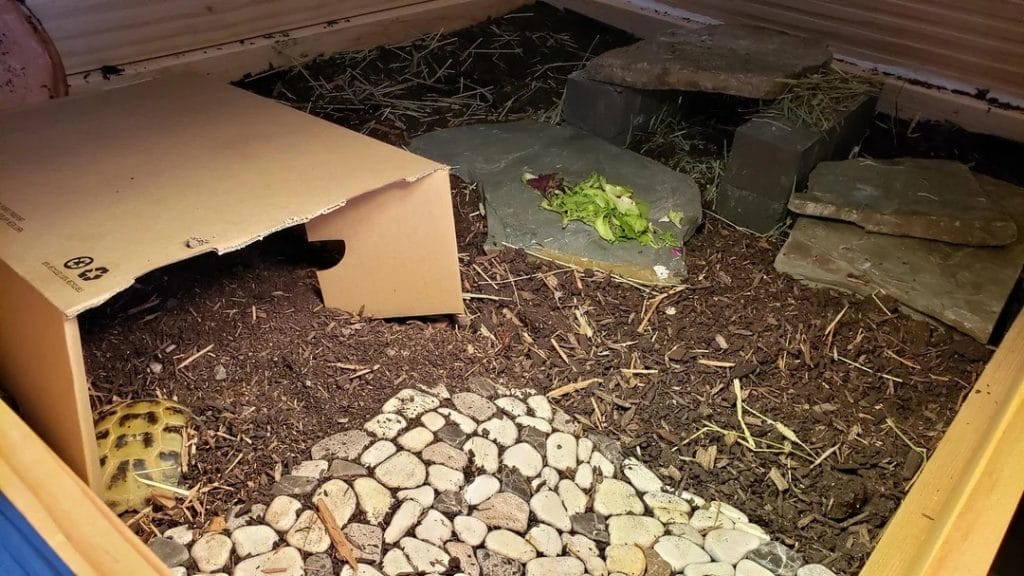How One 100-Year-Old Giant Saved His Entire Species From Extinction

This post was created with help from AI tools and carefully reviewed by a human (Muntaseer Rahman). For more on how we use AI on this site, check out our Editorial Policy.
In the annals of conservation history, few stories are as remarkable as that of Diego—a giant Galápagos tortoise who became the unlikely hero his species desperately needed. This isn’t just a tale of survival; it’s a testament to the power of dedicated conservation efforts and one particularly prolific tortoise who refused to let his kind fade into extinction.
A Tortoise Taken From Paradise
Diego’s story begins in the 1930s on Española Island (also known as Hood Island), one of the oldest islands in the Galápagos archipelago. During this era, giant tortoises were frequently collected by expeditions, taken as curiosities for museums, zoos, and private collections. Diego was among those removed from his native habitat, destined to spend the next several decades thousands of miles from home.
For nearly a century, Diego lived in captivity—first at the San Diego Zoo in California, then later at the Charles Darwin Research Station. While he adapted to life away from Española, his home island was facing a crisis that would eventually bring him back in the most unexpected way.
The Brink of Extinction
By the 1960s, the situation on Española Island had become dire. Feral goats introduced to the island had devastated the native vegetation, destroying the tortoises’ food sources and habitat. When scientists conducted surveys, they discovered a catastrophic reality: only 14 tortoises remained on the island—just two males and 12 females.
The Española giant tortoise (Chelonoidis hoodensis) was on the precipice of extinction.
In 1976, the Charles Darwin Research Station launched an ambitious captive breeding program to save the species. They brought the remaining 14 wild tortoises into captivity, and then researchers remembered Diego—a male Española tortoise who had been living at the San Diego Zoo since the 1930s.

This Hilarious Turtle Book Might Know Your Pet Better Than You Do
Let’s be real—most turtle care guides feel like reading a textbook written by a sleep-deprived zookeeper.
This one’s not that.
Told from the snarky point of view of a grumpy, judgmental turtle, 21 Turtle Truths You’ll Never Read in a Care Guide is packed with sarcasm, sass, and surprisingly useful insights.
And hey—you don’t have to commit to the whole thing just yet.
Grab 2 free truths from the ebook and get a taste of what your turtle really thinks about your setup, your food choices, and that weird plastic palm tree.
It’s funny, it’s honest, and if you’ve ever owned a turtle who glares at you like you’re the problem—you’ll feel seen.
The DNA Discovery That Changed Everything
Advanced DNA testing in the 1970s confirmed what conservationists had hoped: Diego was genetically compatible with the Española females and could contribute to the breeding program. He was repatriated to the Galápagos and introduced to the breeding center on Santa Cruz Island.
What happened next exceeded everyone’s wildest expectations.
A Conservation Legend is Born
Diego didn’t just participate in the breeding program—he dominated it. With his aggressive personality and, shall we say, enthusiastic approach to reproduction, Diego became the program’s superstar. Conservation biologists noted his particularly high libido and successful mating behaviors, traits that would prove crucial to the species’ survival.
Over the next 40 years, Diego fathered approximately 800 offspring. To put this in perspective, genetic analysis suggests that roughly 40% of all living Española tortoises—out of a current population exceeding 2,000 individuals—are Diego’s direct descendants.
The breeding program also included other males, most notably E-5 (a less charismatic but equally important tortoise), but Diego’s contribution was unparalleled.
The Science Behind the Success
The captive breeding program’s success wasn’t just about Diego’s prowess. Scientists carefully managed:
- Genetic diversity: Monitoring breeding pairs to maintain healthy genetic variation
- Incubation temperatures: Controlling nest temperatures to ensure balanced sex ratios (temperature determines sex in tortoise eggs)
- Juvenile rearing: Raising young tortoises until they were large enough to survive predators
- Habitat restoration: Simultaneously working to restore Española Island by removing invasive goats
By 2012, the goat eradication program was complete, and Española’s vegetation began recovering. The stage was set for the tortoises to return home.
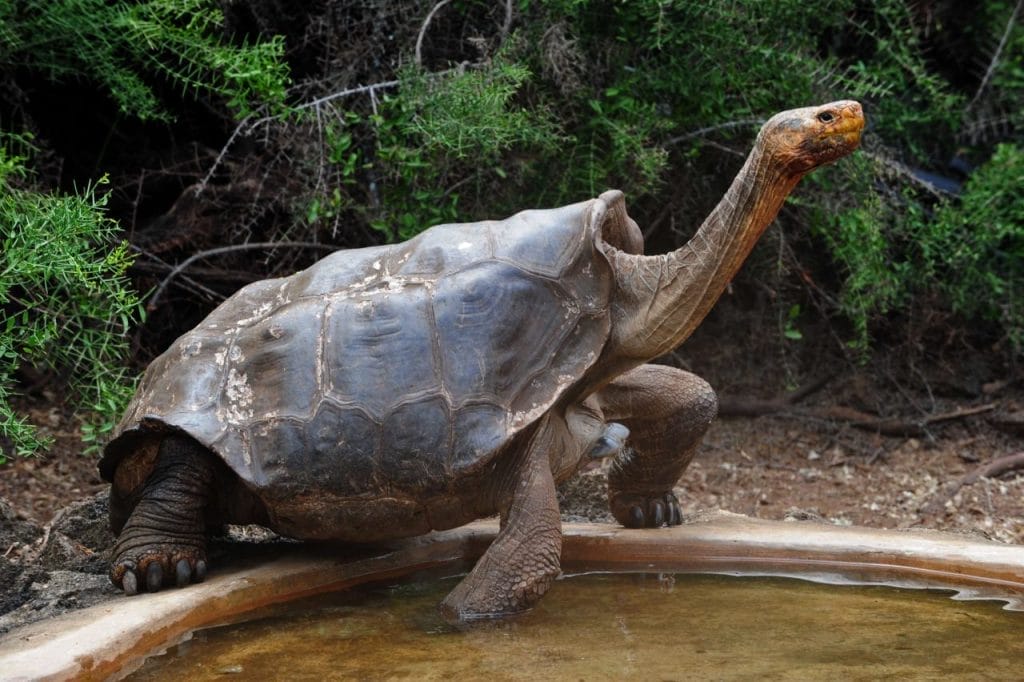
The Journey Home
Between 2020 and the program’s conclusion, Diego and many of his offspring were repatriated to Española Island. In June 2020, at over 100 years old, Diego took his first steps on his native island in nearly 90 years.
The return wasn’t just symbolic—it was carefully planned. Tortoises were released in strategic locations to maximize their impact on seed dispersal and vegetation management. Giant tortoises are ecosystem engineers; their grazing and movement patterns shape the entire island ecology.
Conservationists placed Diego in an area with abundant Opuntia cacti, one of his favorite foods, and he immediately began doing what he does best—eating, exploring, and yes, continuing to breed with wild females.
Mission Accomplished: A Species Reborn
Today, the Española tortoise population stands at over 2,000 individuals spanning multiple generations. The island’s ecosystem is thriving, with vegetation recovering and other endemic species benefiting from the tortoises’ presence.
The captive breeding program officially ended in 2020, declared a complete success. It remains one of the most successful reptile conservation programs in history.
Diego’s Legacy
Diego’s story offers crucial lessons for modern conservation:
- Individual animals can make a difference: While Diego had help from other breeding males and countless dedicated scientists, his genetic contribution was irreplaceable.
- Patience pays off: Conservation work operates on long timescales. The Española program took over 40 years to achieve success.
- Habitat restoration is essential: Breeding tortoises in captivity was only half the solution; restoring Española Island was equally critical.
- Ex-situ conservation works: When managed properly, captive breeding programs can save species from extinction.

Other Conservation Heroes
Diego isn’t the only tortoise to play a crucial role in species recovery. Lonesome George, the last Pinta Island tortoise, became a global conservation icon before his death in 2012. While George’s species couldn’t be saved, his story galvanized support for Galápagos conservation efforts.
More recently, a tortoise discovered on Fernandina Island in 2019—a species thought extinct for over a century—offers new hope for another recovery story.
What You Can Do
The success of Diego’s breeding program was made possible by organizations like the Galápagos Conservancy, Charles Darwin Foundation, and Galápagos National Park. These groups continue working to protect all 15 species of Galápagos tortoises (two are now extinct, leaving 13 surviving species).
You can support these efforts by:
- Donating to reputable Galápagos conservation organizations
- Spreading awareness about tortoise conservation
- Making sustainable choices that protect wildlife habitats globally
- Visiting the Galápagos responsibly if you have the opportunity

About Author
Muntaseer Rahman started keeping pet turtles back in 2013. He also owns the largest Turtle & Tortoise Facebook community in Bangladesh. These days he is mostly active on Facebook.


